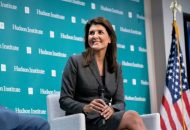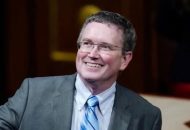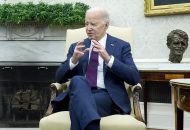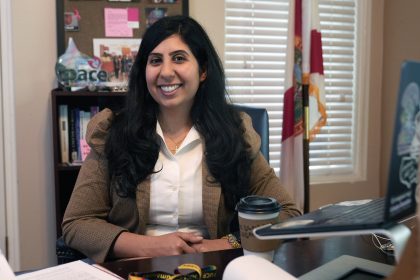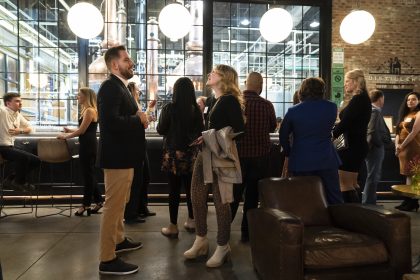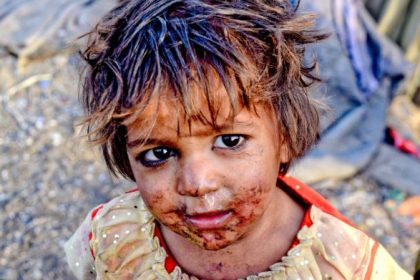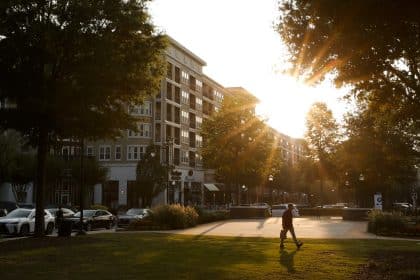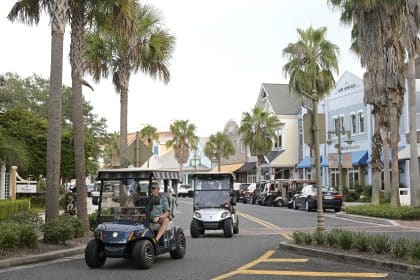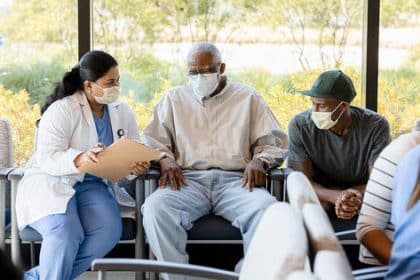Latino City in Arizona Grew, But Census Says it Shrank
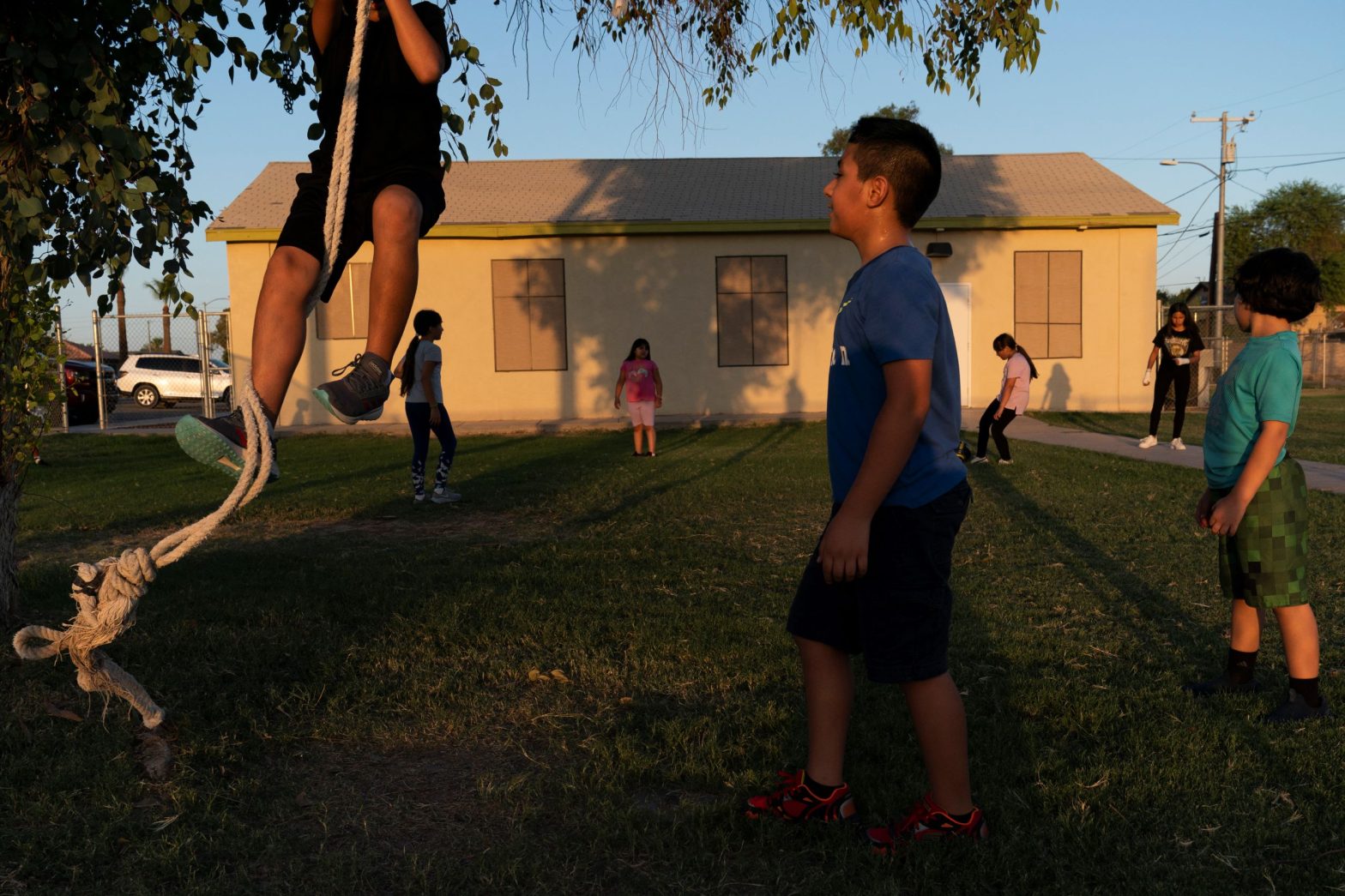
SOMERTON, Ariz. (AP) — It’s a Thursday evening in Somerton, Arizona, and parents and students packed inside a middle school gym are roaring for the school’s wrestling team at decibels that test the eardrum.
The young wrestlers are seventh and eighth graders who will be among the first to attend this town’s first public high school, which was approved just weeks ago after years of lobbying by local officials. The overwhelmingly Hispanic community has grown enough over the last decade that it’s also building a new elementary school.
But the Census Bureau says Somerton actually lost 90 residents during the that time, putting its official population at 14,197 people, not the 20,000 that the mayor expected.
“So we’re trying to make sense of where these numbers are coming from, because they do not make sense whatsoever,” said City Manager Jerry Cabrera, who cited 853 new homes over the past decade as evidence of growth.
An accurate census is crucial for the distribution of hundreds of billions of federal dollars, and it determines how many congressional seats each state gets. But a review by The Associated Press found that in many places, the share of the Hispanic and Black populations in the latest census figures fell below recent estimates and an annual Census Bureau survey, suggesting that some areas were overlooked.
For the share of the Black population, the trend was most visible in southeastern and Mid-Atlantic states, including Alabama, the District of Columbia, Georgia, Louisiana, Maryland, Mississippi, North Carolina, South Carolina, Tennessee and Virginia. For the Hispanic population, it was most noticeable in New Mexico and Arizona.
In Somerton, about 200 miles southwest of Phoenix near the Mexico border, community leaders were incredulous.
“This is not true. This is not real numbers, you know. They don’t know our community. They did not do what needed to be done to count our people, and it’s just ridiculous. It can’t be,” said Emma Torres, executive director of Campesinos Sin Fronteras, an organization that advocates for farmworkers. The group was heavily involved in promoting the census.
Most Somerton residents use post office boxes. A majority are Spanish-speaking farmworkers, and many lack reliable internet access.
Community leaders say they are used to an undercount, but the notion that they lost residents is unfathomable.
Here, where an annual tamale festival to raise money for college students attracts thousands of visitors, local schools are over capacity as enrollment grew by nearly 12% from 2010 to 2019. And after years of having to bus students at least 10 miles north to Yuma, Somerton finally met the threshold for its own high school.
While there is nothing new about undercounts, and no census is perfect, there is “strong evidence” that undercounts in the 2020 census are worse than in past decades, said Paul Ong, a public affairs professor at UCLA, whose own analysis of Los Angeles County this month concluded that Hispanics, Asians and other residents were undercounted.
“The big-picture implication is it will skew the redistricting process, our undercounted neighborhoods will be underrepresented and populations that are undercounted will be shortchanged when it comes to the allocation of federal spending,” Ong said.
The AP analysis comes with caveats. The Census Bureau says the census figures should be considered more accurate than the agency’s American Community Survey or vintage population estimates. Additionally, the American Community Survey has margins of error, and the population estimates are edited in a way that pushes some people who identified as “some other race” in the 2010 count into more traditional racial categories such as white, Black and Asian.
Bureau officials say it’s too soon to speculate on whether individual communities were undercounted. The full extent of whether the statistical agency missed certain populations, or overcounted others, won’t be known until early next year, when it releases results of a survey used to measure how good a job it did counting every U.S. resident.
Black and Hispanic communities historically are undercounted, and there was greater concern about an undercount in 2020 due to the COVID-19 pandemic, which made people afraid to interact with strangers, and natural disasters, which made it difficult for census takers to reach some residents. There were also attempts at political interference by the Trump administration, including a failed attempt to add a citizenship question to the census form.
The AP review revealed figures that suggest some communities were overlooked.
Outside Baton Rouge, in West Feliciana Parish, Louisiana, for instance, the 2020 census figures show the share of the Black population to be 23.4%, but 2020 population estimates and the 2019 American Community Survey placed it at 44%. The area is home to the 5,500-inmate Louisiana State Penitentiary, and group housing like prisons, dorms and nursing homes were among the toughest places to count people during the census because of COVID-19-related restrictions.
In counties along the Colorado and New Mexico border, the share of the Hispanic population in the census was lower than those in the estimates and survey, anywhere from 4 to 7 percentage points.
The Census Bureau said in a statement that tribal, state and local governments can ask for a review of the numbers if they think they census figures are inaccurate, but that will not change the numbers used for redistricting or congressional seats.
“Despite facing a pandemic, natural disasters and other unforeseen challenges, the 2020 census results thus far are in line with overall benchmarks,” the statement said.
Cabrera said the city is pulling data to show that the 2020 count was off and plans to appeal.
Somerton Mayor Gerardo Anaya worries about the city’s share of state revenues. He says Somerton’s sales tax revenue, school enrollment and building permits have gone up in the past few years. Developers continue to build.
As it did in many Latino communities, the pandemic had an outsized effect in Somerton. Latinos were almost twice as likely to become infected and more than twice as likely to die from COVID-19 than whites, according to the Centers for Disease Control and Prevention.
In Somerton, few people have jobs they can do from home. Anaya says there was a point last summer when the Somerton zip code had the highest infection rate in Arizona.
“This time it was just chaotic here during the summer. We all had family members that were in the hospital or dying or infected with COVID. So it was very scary,” Anaya said.
Back at the home of the Somerton Middle School Cobras, Principal Jose Moreno bragged about his city’s tight-knit community, where wrestling is a source of pride. Moreno paced around the gym and joined the cheering as the young boys battled the San Luis Scorpions.
Moreno said finally meeting the threshold for a high school means local educators get to keep working with kids they have taught from kindergarten through eighth grade.
“I accept the challenge, I really do, in trying to continue the traditions that we have here at the middle school, in the city, in the things we value. And so you have that small-time feeling here, and you know we definitely want to keep that going,” Moreno said.
As for the match, the Cobras gave the Scorpions a whooping, beating them 90 to 6.









